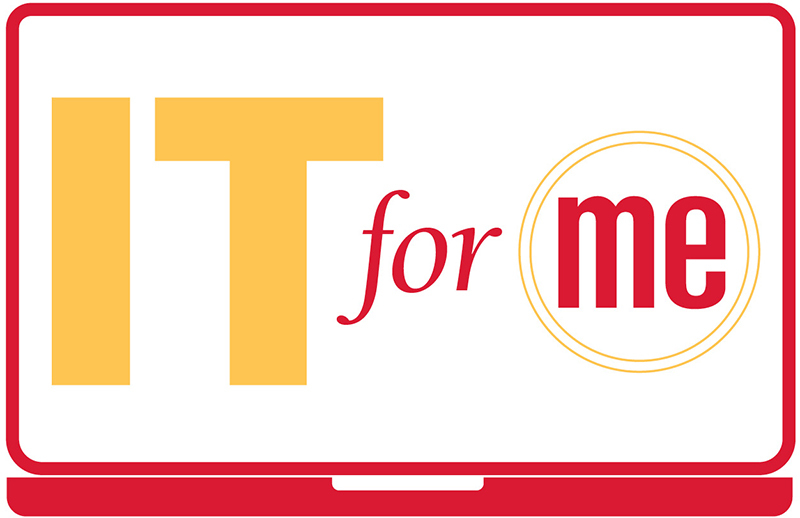Hyperlinks are an easy way to share with readers useful information we don't need to (or perhaps want to) include in our own document. Absent a broken URL, they usually serve their purpose, but some link language is clearer, more helpful and more accessible than others. Inside worked with the communications and digital accessibility teams in IT Services on a few best practices for creating descriptive and accessible text links in websites, emails, documents or course materials.
Word choices matter

Select words and phrases for your links that are descriptive, self-explanatory and clear about their destination. For example, nomination instructions, campus parking map or contact us are short and unambiguous. Read more about how we select our cohort is less clear about where you're taking your readers.
A single word -- for example, directions -- may not be descriptive enough to stand on its own.
The words in a link should make sense and provide information even if you isolate them. Avoid using uninformative phrases such as:
- Click here
- Here
- More
- Read more
- Link to [a destination]
- Info
In fact, the phrase "click here" is unnecessary even when it precedes more meaningful words. Click here for the list of award recipients can be shortened to Award recipients. "Click here" also assumes every user is operating with a mouse, but some may be using their keyboard or other assistive technology to navigate links.
Less -- with impact
Links should be as concise as possible without sacrificing meaning. In most cases, that can be accomplished with several words or a phrase. Workshop registration or lab safety checklist make their point. Unfortunately, there is no maximum allowable length of link text -- a sentence or entire paragraph are possibilities -- so resist that temptation and convey the purpose of the link -- but no more.
Linking to non-HTML resources
Alert your readers when your link takes them to non-website sources such as PDF, Word or PowerPoint files. This cue content should be presented inside the link, rather than just after it, so it's included with the link for screen reader users. For example, spring semester enrollment (PDF) is preferred to spring semester enrollment (PDF). If your link will open in a new window or tab, tell your readers that, too: spring semester enrollment (opens in new window).
More considerations for digital accessibility
Well-planned links aren't just about helpful language; they're also critical to accessibility. The federal deadline for accessibility compliance is coming in early 2026. Here are a few more best practices that will help get your digital content ready:
- Readers with vision disabilities may use a screen reader which converts on-screen content to audio. Screen readers say "link" before reading each link, so again, there's no need to include language such as "link to."
- Avoid listing a long URL as your link -- and not just because they're ugly. Screen readers must break down the URL to its letters, numbers and characters, which isn't a useful sequence to hear for the screen reader user. The exception might be a web address that's a short word or words, for example, housing.iastate.edu.
- The temptation to copy and paste full URLs as the link is especially common in emails. The best practice is to use the "insert link" option and write a descriptive text hyperlink.
- Browsers and digital programs typically underline hypertext links by default, so don't change this. To avoid confusion, non-link text shouldn't be underlined.
- Use accessible color constrast for your link. Colored text also signifies a link, but a mildly contrasting color may not meet accessibility requirements. WebAIM's color contrast checker or the TPGi color contrast analyzer can help you assess your selections. Don't rely solely on color to indicate links; use color in tandem with underlining.
- When an image is your link, provide alternative text ("alt text") to convey the content of the image and its purpose. (Writing useful alt text is a topic for another story.)
- Avoid overlapping or consecutive links because the screen reader might not decipher where one link ends and the next begins. Links that are too close together also make it difficult for users to select one, especially on mobile touch devices. One solution is to put the links in a list, either bulleted or numbered.
